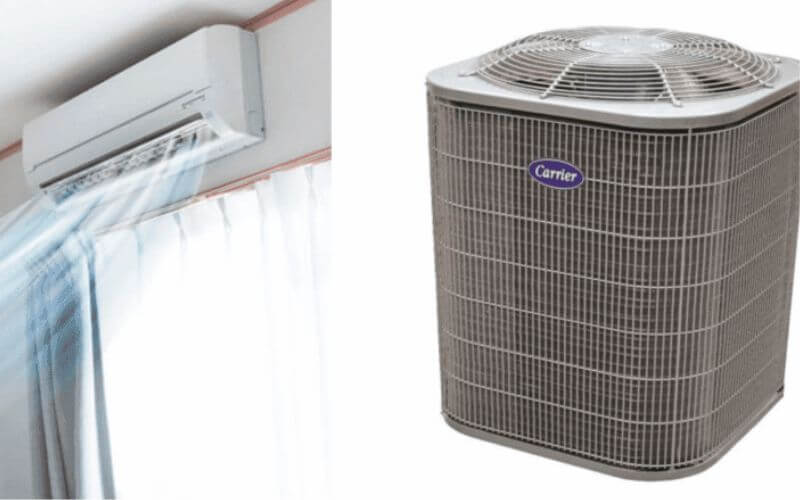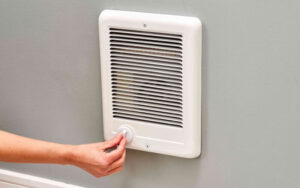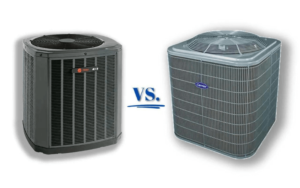Central Air Conditioning System
Mini-split and central air conditioners are popular for cooling homes or buildings.
Table of Contents
ToggleCool air is distributed throughout the building through ducts in central air conditioning systems. Central air systems typically cool the entire building to a single temperature. Major air systems are often preferred for larger homes or buildings with a pre-existing duct network.
| Image | Product | Features | Price |
|
Best Seller

|
Wifi Enabled 9000 BTU Split Air Conditioner 115V Wall Mounted AC/Heating System |
22 SEER2, Heat Pump & Washable Filter & Installation Kits |
$579.99
|
|
Best Seller
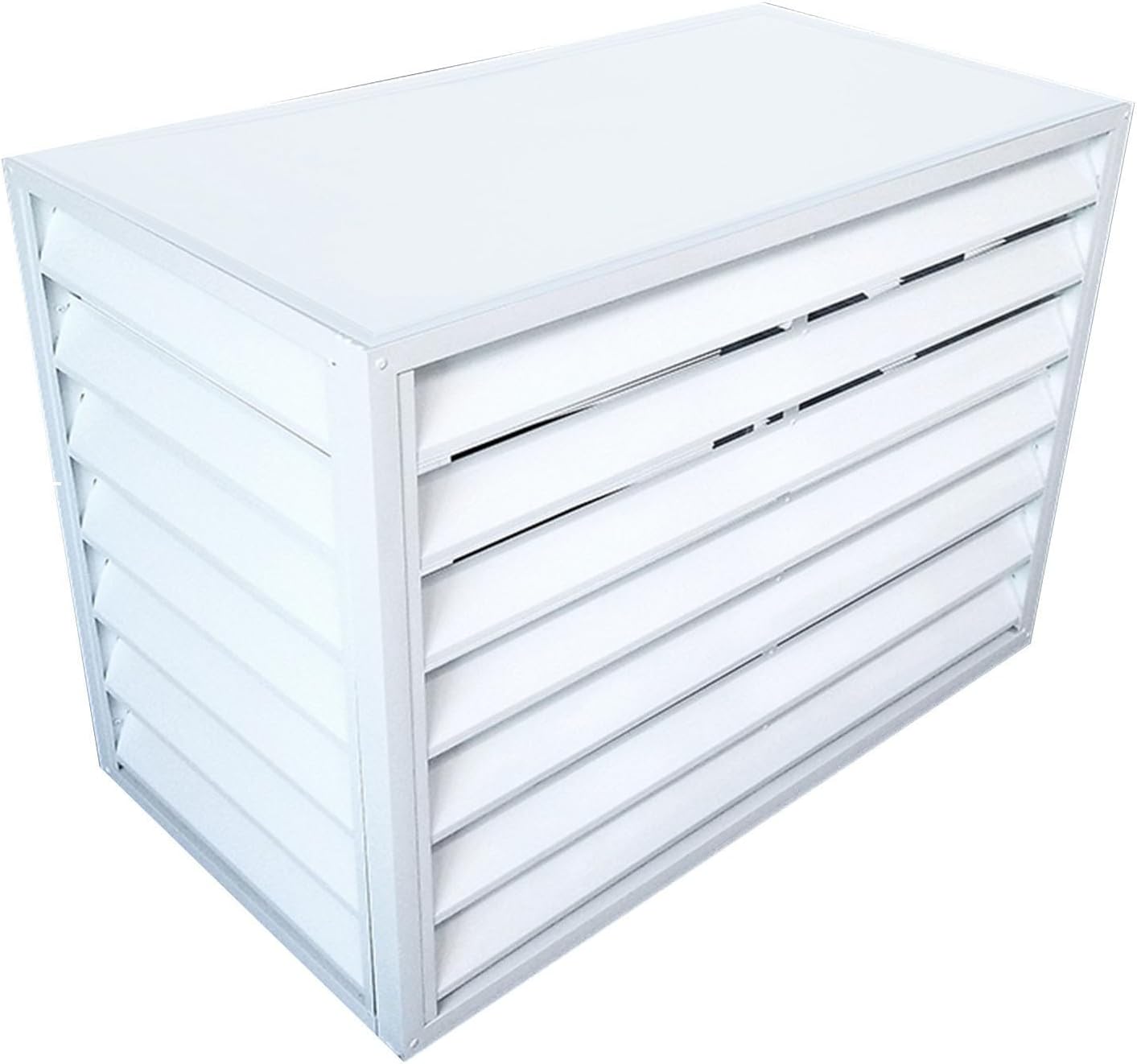
|
Aluminum Air Conditioner and Heat Pump Cover |
Mini Split Air Conditioner Cover for Outside Units |
$359.99 |
|
Best Seller
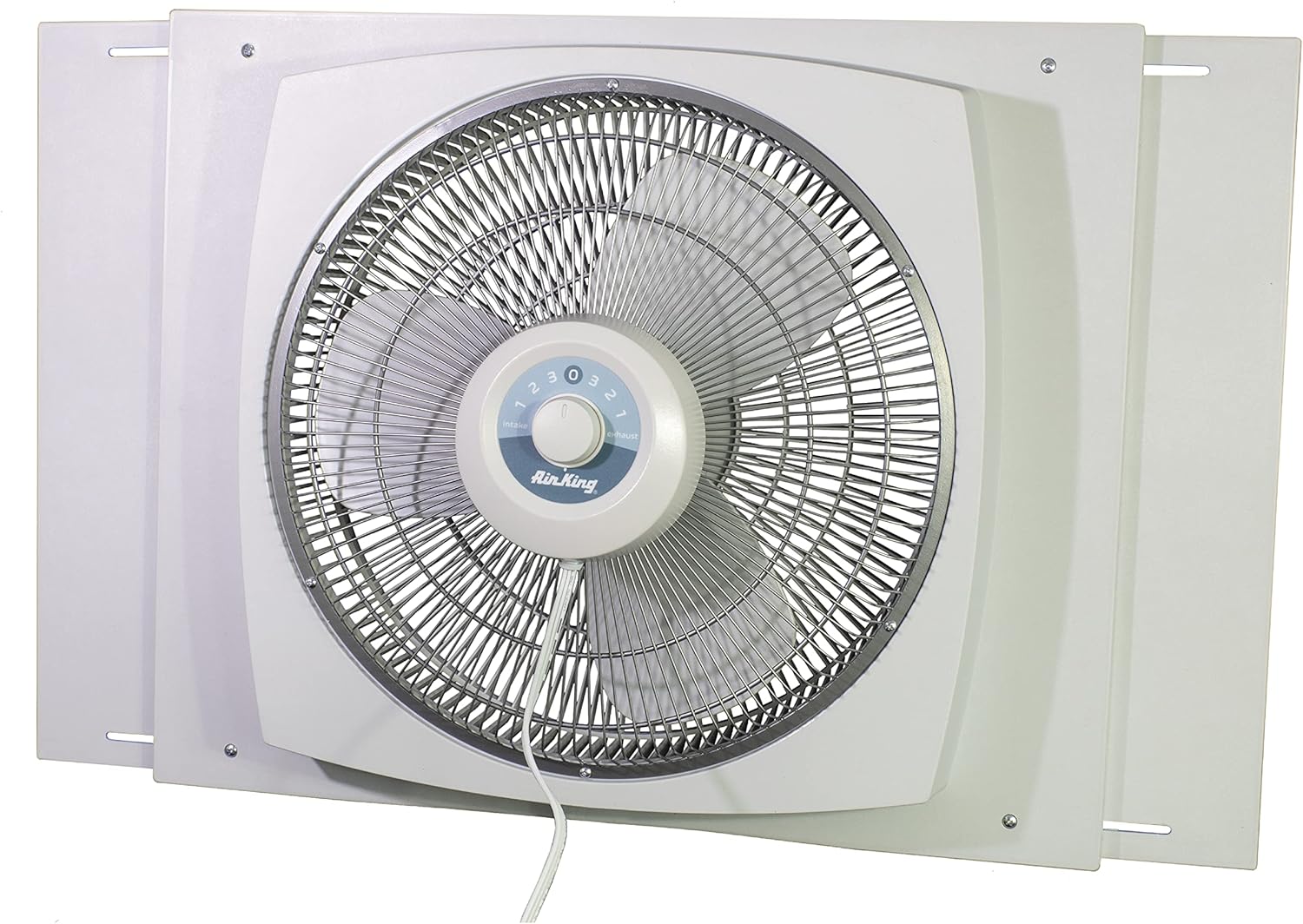
|
Air King 9155 Window Fan, 16-Inch,White |
Powerful air circulation, compact design, durable construction, |
$146.99 |
|
Best Seller
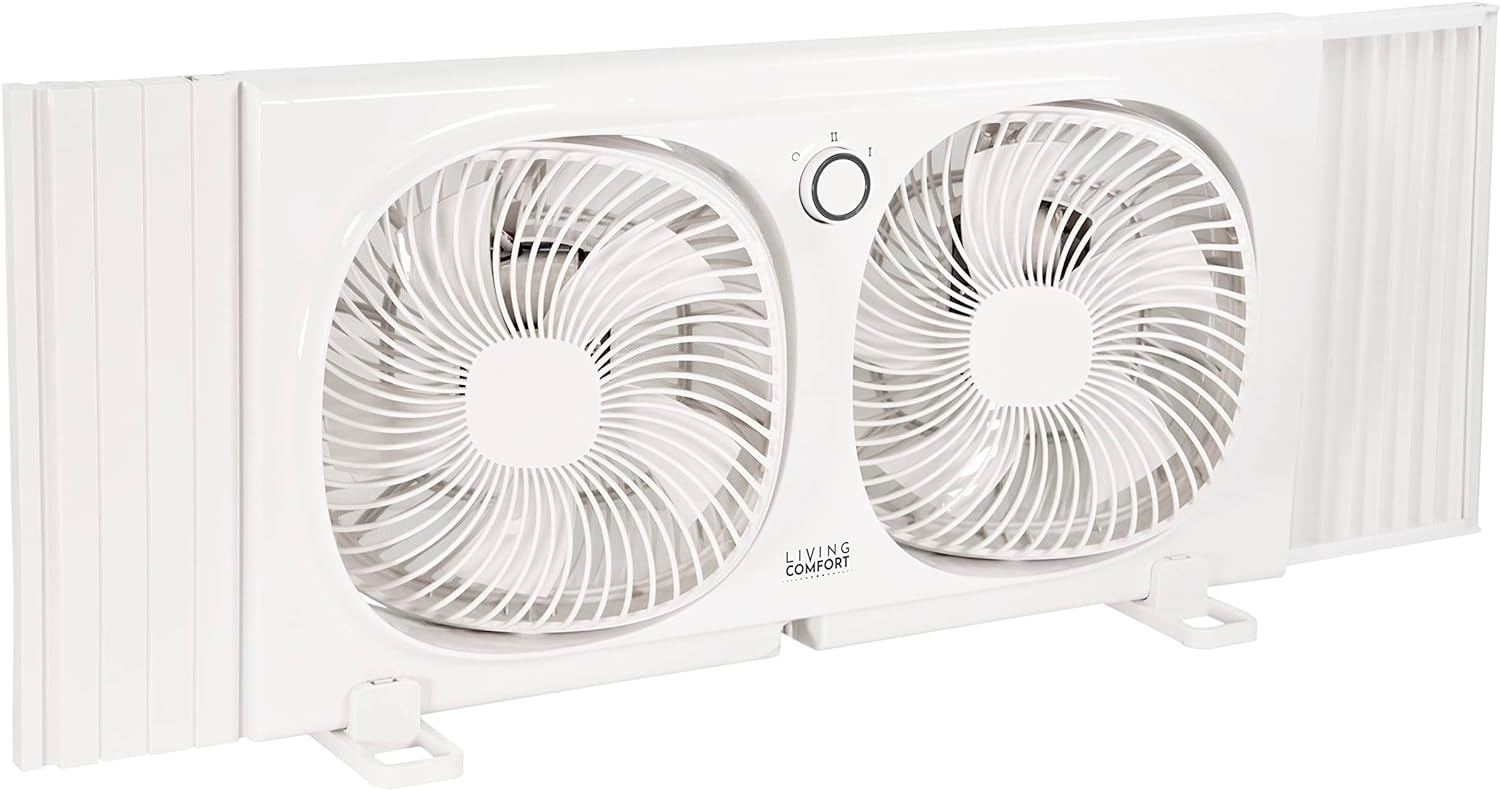
|
Comfort Zone Living Comfort Twin Window Fan |
9 inch, 2 Speed, Plastic Removable Bug Screen |
$42.01 |
|
Best Seller
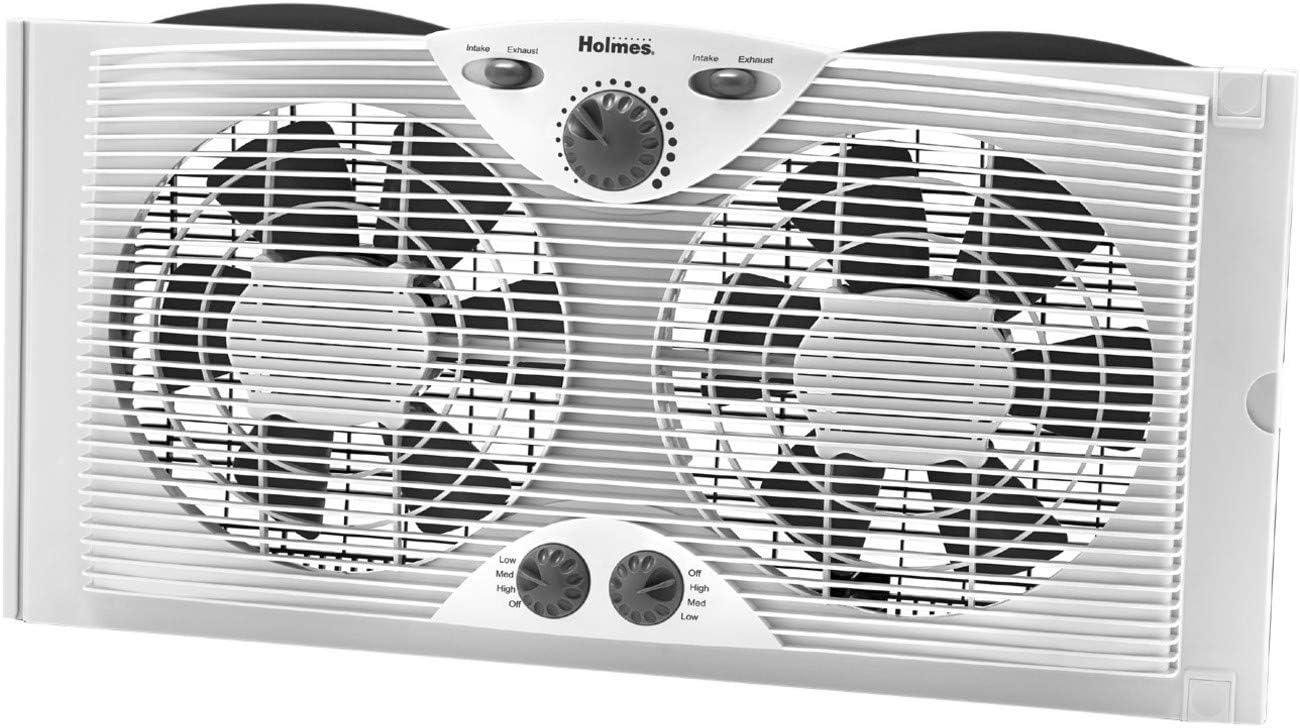
|
Holmes Dual 8″ Blade Twin Window Fan with Manual Controls, |
Blade Twin Window Fan with Manual Controls, 3 Speed Settings, White |
$62.06 |
Mini Split System
Mini-split systems can be more flexible and cost-effective for smaller spaces or buildings without ducts. A mini-split system utilizes individual units to heat and cool each room or zone. Mini-split systems also allow for greater temperature control in separate rooms.
Both systems have pros and cons, and their decision will depend on budget, space, and cooling needs.
Also check: What is a Mini Split? | Options, Cost and Applications.
Similarities and Differences Between Mini Split and Central Air
Mini-split and central air conditioning systems are effective methods of cooling indoor spaces, but they differ in design, installation, and operation.
Here are some of the key similarities and differences between the two types of systems:
Similarities:
Both systems provide cooling:
Mini-split and central air systems both work to cool indoor spaces, allowing occupants to stay comfortable in hot weather.
Regular maintenance is needed for both:
Keeping your HVAC system working at peak efficiency requires regular maintenance, whether a mini-split or a central unit. The cleaning of filters, checking the refrigerant level, and inspecting parts may be included in this process.
Both use refrigerant:
Both systems use refrigerant to absorb heat from indoor spaces and transfer it outside.
Both can be energy efficient:
Depending on their efficiency ratings and usage patterns, mini-split and central air systems can be energy-efficient options for cooling homes or buildings.
Differences:
Design:
An indoor air handling unit and an outdoor compressor are mini-split systems mounted on walls or ceilings in each room or zone. Central air systems use a network of ducts to distribute cool air throughout a building, with a single outdoor compressor unit and indoor evaporator unit.
Installation:
Mini-split systems are generally easier to install than central air systems, as they require no ductwork and can be set up in individual rooms or zones. Installation of ducts throughout the building is a complex and time-consuming task for central air systems.
Temperature control:
Mini-split systems offer greater temperature control than central air systems, as each indoor unit can be individually controlled to set the desired temperature in each room or zone. The Central air systems typically cool the entire building to a single temperature, which may only be ideal for some occupants.
Cost:
Mini-split systems are often less expensive than central air systems, especially for smaller spaces or buildings without pre-existing ductwork. However, central air may be a more cost-effective option for larger buildings or homes with an existing duct network in the long run.
Maintenance:
While both systems require regular maintenance, mini-split systems are typically easier to maintain as each indoor unit has its filter and other components that can be easily accessed and serviced. Central air systems, on the other hand, require maintenance on the entire duct network and may require more frequent filter changes.
Choosing between a mini-split and a central air system will depend on space size, budget, and individual cooling needs. Both conditioning systems can provide effective cooling, but the specific design and installation requirements, as well as temperature control and maintenance considerations, should be carefully considered before deciding.
Pros and Cons of Mini Splits:
The popularity of mini-split air conditioners, also known as ductless air conditioners, is rising. Air handlers can be mounted on walls or ceilings in individual rooms or zones and are connected to outdoor compressor units. While mini-split systems offer several advantages over traditional central air conditioning systems, they also have some disadvantages that should be considered before planning.
Pros:
It is easy to install:
Compared to central air conditioners, mini-split systems are easier to install. Their installation is less time-consuming and more cost-effective than ductwork. Installing a mini split with minimal disruption to your home or business only takes a few hours.
Temperature control on an individual basis:
One of the biggest advantages of mini-split systems is the ability to control the temperature in individual rooms or zones. Each indoor air handler can be programmed to a different temperature, which allows for greater comfort and energy savings. For example, if you only use one room in your home during the day, you can turn off the mini split in the other rooms and save money on your energy bill.
Improved Air Quality:
Mini-split systems also offer improved air quality. Allergens, dust, and other particles can be removed from the air by indoor air handlers with built-in filters. Allergy sufferers or people with respiratory issues can particularly benefit from this treatment.
Efficient use of energy:
There is a great deal of energy efficiency in mini-split systems. Unlike central air conditioning systems, they don’t have to cool the entire building simultaneously, reducing energy consumption. You can also program the system to turn it off when you’re not using a particular room, saving you money on your energy bill.
Quiet Operation:
Mini-split systems are very quiet. The indoor air handlers are designed to operate quietly so you won’t hear loud noises or vibrations.
Cons:
Higher Upfront Cost:
One of the main disadvantages of mini-split systems is the higher upfront cost. The costs of purchasing and installing them can be higher than those of traditional central air conditioning systems. However, they are often more cost-effective in the long run because of their energy efficiency and individual temperature control.
Not Suitable for Large Spaces:
Mini-split systems are not suitable for large spaces. They are designed for smaller areas like individual rooms or apartments. If you have a large home or commercial space, you may need multiple mini-split systems, which can be costly.
Installation requires a professional:
Installation of mini-split systems requires professional assistance. Despite their ease of installation, these systems require specialized knowledge and equipment. Attempting to install a mini-split system yourself can be dangerous and may damage the system.
An aesthetic perspective:
Air conditioning systems with mini-splits sometimes have a different aesthetic appeal than central air conditioning systems. Installing an indoor air handler on the wall or ceiling is not ideal for some homeowners. However, newer models are available in various colours and styles to fit any décor.
Inspecting:
As with all HVAC systems, mini-splits require regular maintenance. However, they may require more frequent filter changes because each indoor air handler has its filter. Multi-air handler homes and businesses can make this task time-consuming.
Positive and Negative Aspects of central air conditioning
Central air conditioning systems are one of the most common methods of cooling homes and businesses. A duct system connects the outdoor compressor and evaporator units, distributing cool air throughout the building via a network of ducts. While central air systems offer several advantages over other cooling methods, they also have disadvantages that should be considered before planning.
Positive Aspects:
The efficiency of cooling:
It is very efficient for central air conditioners to cool large spaces. They are designed to cool an entire building, so they can quickly and effectively lower the temperature in every room.
Easy to Control:
Central air systems are easy to control. They can be programmed to turn on and off at certain times, and you can set the temperature to your desired level. Some models even come with smart features that allow you to control the system from your phone or another mobile device.
Enhanced air quality:
Central air conditioning systems also improve indoor air quality. People suffering from allergies or respiratory problems can be especially beneficial because they remove dust, pollen, and other allergens from the air.
Quiet Operation:
Central air systems are designed to operate quietly. The outdoor compressor unit is located outside the building so that you won’t hear any loud noises or vibrations inside.
Long Lifespan:
Central air conditioning systems have a long lifespan. Keeping them in good condition can extend their lifespan to 20 years.
Negative aspects:
Intense Upfront Costs:
The cost of purchasing and installing central air conditioning systems can be high. Installation costs can be increased if the building does not have existing ductwork.
Energy Costs:
Central air systems can be expensive to operate, especially if the building needs to be well-insulated or has air leaks. They use a lot of energy to cool a large space, leading to high energy bills.
Cooling inconsistency:
There may be problems with the consistency of cooling provided by central air systems. Rooms far from the evaporator unit may receive less cool air than closer rooms, resulting in uneven temperatures throughout the building.
Maintenance work:
Keeping central air conditioners in good condition requires regular maintenance. The ductwork needs to be cleaned periodically to prevent dust and other particles from accumulating, and the Filters need to be replaced regularly to maintain good indoor air quality.
Aesthetics:
Central air conditioning systems can be less aesthetically pleasing than other cooling methods. The ductwork is often visible and difficult to hide, which may not be ideal for some homeowners or business owners.
Also check: 5 Best Ventless Portable Air Conditioners.
AC Capacity and Coverage of Mini Split and Central Air
Here is a table comparing the cooling capacity and coverage area of mini-split and central air conditioning systems, ranging from 1 ton to 8 tons:
| AC Capacity | Mini-Split Cooling Capacity | Mini-Split Coverage Area | Central Air-Cooling Capacity | Central Air Coverage Area |
| 1 ton | 12,000 BTU | 300-500 sq. ft. | 12,000 BTU | 400-600 sq. ft. |
| 2 tons | 24,000 BTU | 600-1,000 sq. ft. | 24,000 BTU | 800-1,200 sq. ft. |
| 3 tons | 36,000 BTU | 1,000-1,500 sq. ft. | 36,000 BTU | 1,200-1,800 sq. ft. |
| 4 tons | 48,000 BTU | 1,500-2,000 sq. ft. | 48,000 BTU | 1,800-2,400 sq. ft. |
| 5 tons | 60,000 BTU | 2,000-2,500 sq. ft. | 60,000 BTU | 2,400-3,000 sq. ft. |
| 6 tons | 72,000 BTU | 2,500-3,000 sq. ft. | 72,000 BTU | 3,000-3,600 sq. ft. |
| 7 tons | 84,000 BTU | 3,000-3,500 sq. ft. | 84,000 BTU | 3,600-4,200 sq. ft. |
| 8 tons | 96,000 BTU | 3,500-4,000 sq. ft. | 96,000 BTU | 4,200-4,800 sq. ft. |
Note: These estimates are approximate and may vary depending on climate, insulation, and building orientation. It’s important to consult with a qualified HVAC professional to determine the appropriate cooling capacity and coverage area for your specific needs.
The difficulty of Installing Mini Split vs Central Air
Installing a mini-split air conditioning system is generally easier and less complex than installing a central one. This is because mini-split systems do not require ductwork and can be set up in individual rooms or zones, while central air systems require ducts to be installed throughout the building.
Installing a mini-split air conditioning system typically takes just a few hours, with little to no disruption to the building’s interior. The installation process involves:
- Mounting the indoor air handlers.
- Running refrigerant lines and electrical wiring.
- Connecting the system to the outdoor compressor unit.
While this process requires some specialized knowledge and equipment, it is generally straightforward and can be performed by a qualified HVAC professional.
On the other hand, central air conditioning systems tend to be more complex to install. To install this type of system, ductwork must be installed throughout the building, which can be time-consuming and require specialized knowledge and special equipment. The ductwork needs to be properly sized and installed to ensure that it can distribute cool air evenly throughout the building. The indoor and outdoor units must be properly installed and connected to the ductwork, refrigerant lines, and electrical wiring.
The difficulty of installing a mini-split vs central air conditioning system will depend on the building’s specific design and layout. However, mini-split systems are generally easier and less complex to install than central air systems.
Here is a table comparing the difficulty of installing mini-split and central air conditioning systems:
| Installation Difficulty | Mini-Split | Central Air |
| Installation Time | 2-4 hours | 1-2 days |
| Specialized Equipment | Yes | Yes |
| Specialized Knowledge | Yes | Yes |
| Electrical Requirements | 120V outlet | 240V outlet, dedicated circuit |
| Ductwork Installation | Not required | Required |
Note: Installation difficulty may vary depending on the model and layout of the air conditioning system. A general comparison of both systems’ installation difficulties can be found in the table above.
Is Installing a Mini Split Over Central Air Worth the Cost?
Mini Split System
Whether or not installing a mini-split air conditioning system over a central air conditioning system is worth the cost will depend on several factors, including your budget, the layout of your home or building, your cooling needs, and your energy efficiency goals.
Mini-split systems are generally more expensive upfront than central air conditioning systems, but they offer several advantages that make them worth the cost. Some benefits include individual temperature control, easy installation, improved energy efficiency, and improved air quality.
Central Air Conditioning Systems
On the other hand, central air conditioning systems may be a better choice for certain homes or buildings, especially those with larger cooling needs or existing ductwork. Central air conditioning systems have a longer lifespan than mini-split systems and can be more aesthetically pleasing.
Ultimately, whether to install a mini-split air conditioning system over a central one will depend on your individual needs and budget. It is important to hire a qualified HVAC professional to assist you with choosing the right cooling solution for your home or building.
Making the Right Choice: Mini Split Vs Central Air Conditioner
Your unique needs and living situation are the primary considerations that should guide your decision between a micro split and a central air conditioning system. Think about the dimensions of your house, the money you have available, your house’s design, and your priorities towards energy efficiency and the capabilities of your zones.
A compact split system can be the best choice if you want to maximise energy efficiency, flexibility, and zoning capabilities. If, on the other hand, you need cooling across the entire house and have a more substantial area, a central air conditioning system can be a better option for you.
Conclusion
Both central and mini-split systems have useful features and drawbacks.
Mini-split systems are a good choice for homes or buildings with smaller cooling needs and those who value individual temperature control and energy efficiency. Additionally, smaller spaces can benefit from their easy installation, lower costs, and better air quality.
Central air conditioning systems, on the other hand, are better suited for larger homes or buildings with more extensive cooling needs. Compared with mini-split systems, they provide consistent cooling throughout the entire building. They also tend to be more aesthetically pleasing and can add to the overall value of a home or building.
When deciding between a mini-split and central air conditioning system, it’s important to consider factors such as your cooling needs, budget, energy efficiency goals, and the layout of your home or building. You can make the best decision by consulting with a qualified HVAC professional.
FAQs
Which is more energy efficient, a mini-split or a central air conditioner?
Mini-split air conditioners are generally more energy-efficient than central air conditioners because they do not require ducts, which can lead to energy loss. Additionally, mini-split air conditioners can be zoned, meaning you can cool specific areas of the building as needed rather than constantly cooling the entire building.
Do mini-split air conditioners last long?
Depending on your usage and other factors, a well-maintained mini-split air conditioner can last up to 20 years. Maintaining the system regularly, such as cleaning the coils and filters, can extend its lifespan.
Are central air conditioners last for how long?
A well-maintained central air conditioner can last up to 15 years or more, depending on usage and other factors. The life of the central air system can be extended by regularly cleaning its filters and coils.
Is installing a mini-split AC unit easier than installing a central air conditioner?
Since mini-splits have no ductwork, they typically require less installation time than central air conditioners. Mini-split air conditioners usually have a wall-mounted indoor unit and an outdoor unit connected to a refrigerant line. Putting in a central air conditioner requires the installation of ducts, which can be expensive and time-consuming.

